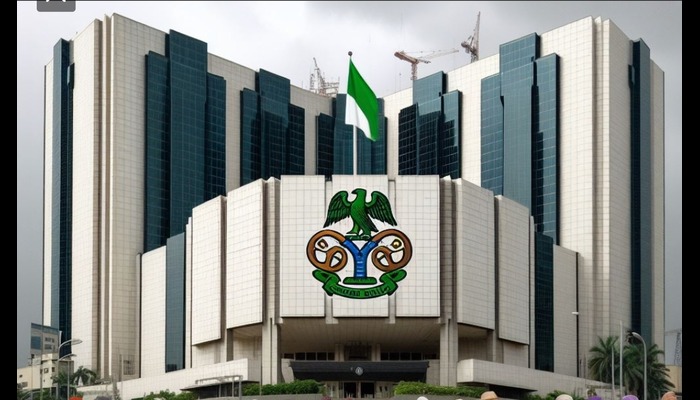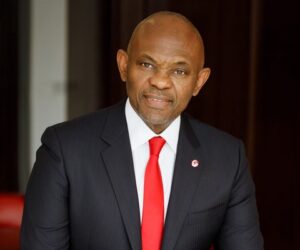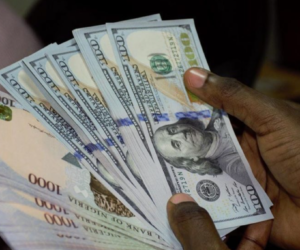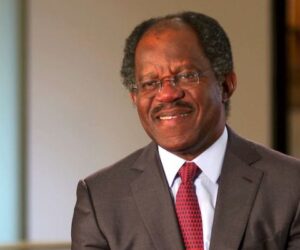Nigerian Deposit Money Banks are parking record amounts of excess cash at the Central Bank of Nigeria (CBN) deposit window while lending to the economy continues to stutter, even after the recent cut in interest rates.
Data from the CBN shows that banks’ Standing Deposit Facility (SDF) rose to an all-time high of N5.38 trillion on Monday, driven by excess liquidity from Federation Account Allocation Committee (FAAC) disbursements and Open Market Operation (OMO) repayments.
The SDF is a monetary policy tool that allows banks and other deposit-taking institutions to lodge their excess liquidity with the CBN overnight and earn interest – without needing to provide collateral.
The amount deposited by banks surged by 52.6 percent, rising from N3.5 trillion as of September 24, 2025, to N5.38 trillion on Monday, September 29, 2025.
Banks shun lending
On the borrowing side, through the Standing Lending Facility (SLF), commercial banks have shunned the CBN’s lending window for the past nine business days. Borrowing from the apex bank’s window dropped to a one-month low of N22 million on September 16, 2025, the last time such levels were recorded being August 8, 2025, when banks borrowed N25 million.
Over the same period, the CBN carried out OMO repayments worth N459.8 billion in one month, including N254.9 billion on September 23, 2025, and N204.9 billion on September 16, 2025.
The banking system opening balance stood at N338.9 billion as of Monday, September 29, 2025, reflecting a 22.86 percent increase from N275.88 billion at the beginning of the month. Meanwhile, the CBN has not conducted any OMO auction since September 4, 2025, after selling N620.7 billion in an auction on September 3, 2025.
Read also: CBN rate cut masks tougher rules on public funds
Analysts’ view
Adebowale Funmi, head of Research at Parthian Securities, explained that banks are drawn to the SDF because it remains more attractive than investing in treasury bills. She noted that with the current MPR at 27 percent and an asymmetric corridor of -250/+250 basis points, the SDF rate stands at 24.5 percent. By comparison, the discounted yield on a 364-day treasury bill is about 16.78 percent, with effective yields slightly below 20 percent – making the SDF a more appealing option for banks.
Muda Yusuf, chief executive officer of the Centre for the Promotion of Private Enterprise (CPPE), said the surge in bank deposits with the CBN reflects the absence of sufficient credit opportunities to absorb the available resources.
“Even though the rate has come down, the opportunities are not there. If the risk environment is high, banks will prefer to keep their money with the CBN,” he said.
Yusuf stressed that the elevated risk perception, particularly among small and medium enterprises (SMEs), discourages banks from lending and suggested that the CBN may need to implement further rate cuts to stimulate credit creation.
At its 302nd meeting last week, the Monetary Policy Committee (MPC) unanimously voted to reduce the Monetary Policy Rate (MPR) by 50 basis points to 27 percent, adjust the symmetric corridor to +250/-250 basis points around the MPR, set the Cash Reserve Ratio (CRR) at 45 percent for commercial banks and 16 percent for merchant banks, and introduce a 75 percent CRR on non-Treasury Single Account (TSA) public sector deposits, while maintaining the Liquidity Ratio (LR) at 30 percent. The move marked the first policy rate cut in five years.
Ayodeji Ebo, managing director/chief business officer at Optimus by Afrinvest, explained that with the MPR corridor fixed at +250/-250 basis points, the SLF rate declines to 29.5 percent from 30 percent, while the SDF rate drops to 24.5 percent from 25 percent.
Read also: CBN’s rate cut opens window for business growth, expansion
According to him, this adjustment means banks will now pay slightly less when borrowing short-term liquidity from the CBN and earn marginally less when depositing excess funds overnight. The effect is to keep interbank market rates aligned with the new MPR, thereby ensuring smoother monetary policy transmission.
Ebo added that the imposition of a 75 percent CRR on non-TSA public-sector deposits significantly restricts the portion of such funds banks can deploy for lending, leaving only N250 out of every N1,000 available. He explained that while this measure curtails banks’ dependence on public-sector liquidity, reduces speculative use of government deposits, and strengthens monetary control, it also tightens liquidity further, potentially slowing the pace at which the rate cut translates into actual credit expansion in the economy.
Credit position
Analysts at FBNQuest anticipate a gradual recovery in credit expansion to the real economy, supported by the narrowing of the corridor around the MPR and the reduction in commercial banks’ CRR.
Credit to the private sector declined by 2.2 percent to N76.14 trillion in June 2025, compared to N77.8 trillion as of May 2025, data from the CBN indicated.
“The rise in deposits to the CBN is an excess liquidity issue,” said Tilewa Adebajo, chief executive officer of The CFG Advisory. He explained that banks currently hold more funds than they can deploy under acceptable risk-return conditions. According to him, this reflects a cautious stance by banks, given the weak credit appetite arising from high lending rates and elevated risks in the economy. “How many people can borrow at 40 percent?” Adebajo asked.









